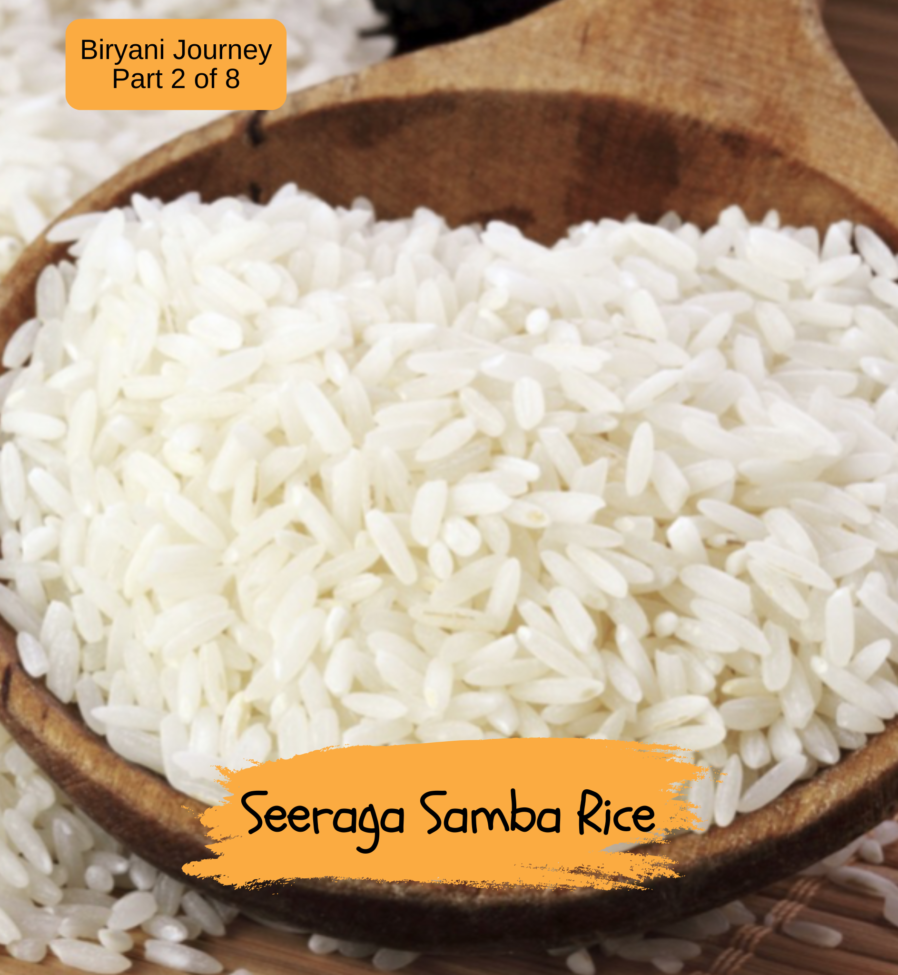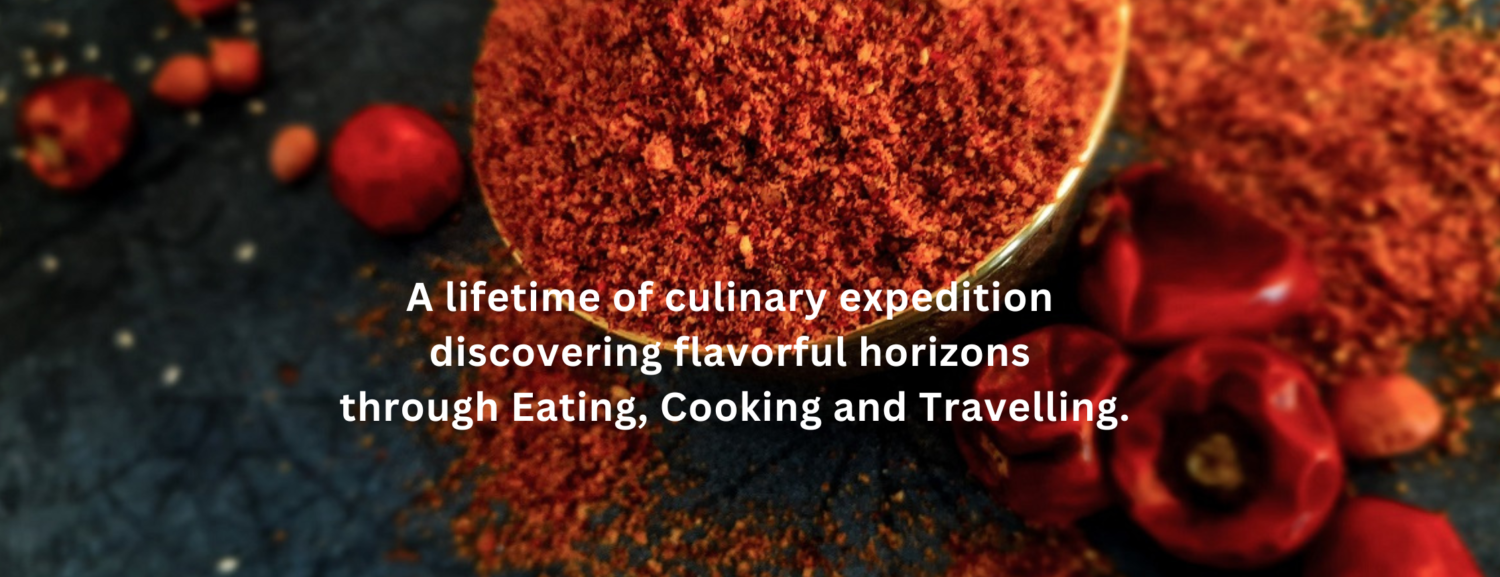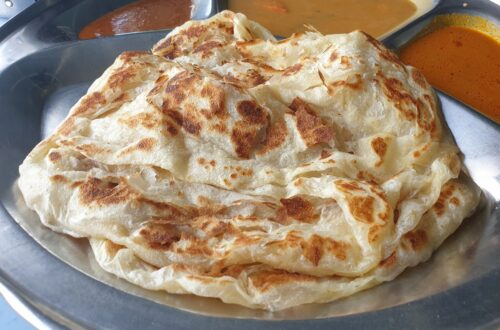
Rice for Biryani
A good biryani is defined by key criteria that enhance its taste, aroma, and overall quality, with the type of rice being crucial.
𝗕𝗮𝘀𝗺𝗮𝘁𝗶 𝗿𝗶𝗰𝗲 is renowned for its unique, fragrant aroma that enriches the biryani experience. When cooked, its grains elongate significantly—up to 2-3 times their original length—maintaining individual shapes and resulting in a fluffy texture. This prevents clumping, making it ideal for layering with meat and spices. Basmati’s subtly sweet, slightly nutty flavor complements spiced meat, and its distinct floral aroma enhances the dish’s fragrance.
Predominantly used in northern India, especially in Uttar Pradesh, Punjab, and Haryana, Basmati rice has historical ties to biryani, particularly in cities like Lucknow and Delhi. It is generally more expensive due to its cultivation process, limited growing regions, and labor-intensive harvesting. The best quality basmati for biryani is often considered Pusa Basmati, a hybrid developed from traditional strains, primarily cultivated in Punjab and Haryana. Pusa Basmati is known for its high elongation, excellent aroma, and consistent texture, making it ideal for biryani preparation.

In contrast, 𝗦𝗲𝗲𝗿𝗮𝗴𝗮 𝗦𝗮𝗺𝗯𝗮 is a short-grain rice variety popular in South India, particularly Tamil Nadu. Its small, aromatic, and slightly sticky grains make it suitable for certain biryanis. Many prefer Seeraga Samba for its ability to absorb flavors well, and its unique texture provides a different taste experience, enhancing South Indian biryanis with its complementary spices.
Ultimately, the choice between Basmati and Seeraga Samba rice depends on personal preference and regional culinary traditions, each offering distinct characteristics to the dish.
#chefdevagisanmugam #biryanilove #biryanilovers #pilau #basmatirice #seeragasambabiriyani #Chennaibiryani #comfortfood #flavorfulrice #nasibiryani #biryani #biriyani #Indiancuisine #dumbiryani #dumcooking #flavorsfIndia






